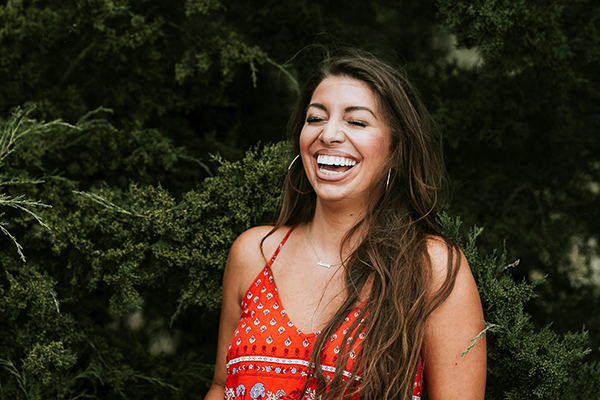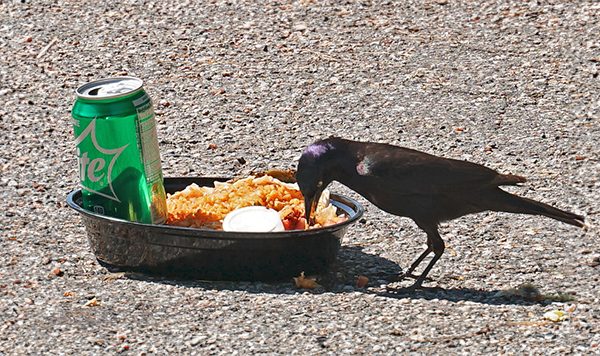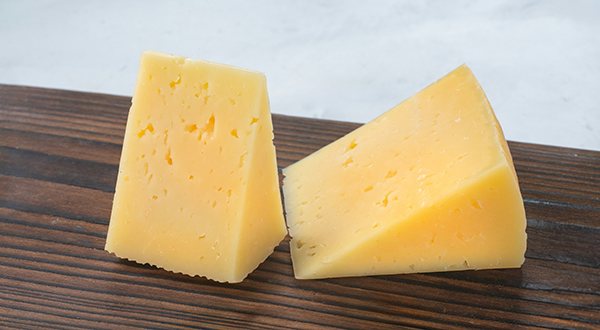23 Jokes by Photographers for Photographers
Camera store employees can be opinionated—to put it kindly. They often make up jokes about the brands of cameras and lenses they consider inferior. Some can be vicious. Here are a few of my favorites. We’re using the mythical Sputnik brand for our examples.
What’s the difference between a Sputnik lens and a Coke bottle?
You can return a Coke bottle to the store and collect the 5¢ deposit.

What’s the service policy on the Sputnik brand camera?
Best in the world: we ship you 5 and you return the 4 that don’t work.
How long is the warranty on a Sputnik camera?
Thirty days or thirty feet from the store, whichever comes first.
What’s the difference between a Sputnik lens and a bagel?
You can see through a bagel if you hold it up to the light.
Man walks into a camera shop and says, “I’d like to get a UV filter for my Sputnik camera.”
The camera store salesperson says, “That’s not a fair trade – you’ll have to kick in $25.”
What do you call a Sputnik camera that finishes a whole 36 exposure roll of film without breaking?
A miracle.

Do you sell the Sputnik camera in a kit with accessories?
Yes. It comes with a collar, leash and a large box of dog biscuits.
Is it possible to make money with a Sputnik camera?
Yes, sell it on eBay for $5.
More jokes that are not about Sputnik
I took a picture of my gf but I accidentally cut off her entire left side.
She’s all right now.
How many photographers does it take to change a light bulb?
None. When it gets dark, they just use a higher ISO. Except for the old-timers; they use a higher ASA.
My gf said that if I took one more picture of her she’d leave me for good.
That’s when I snapped.
Why did the police detective arrest the photographer?
Because the photographer said she shot her husband and then deleted him.
Why were the pictures from the nudist colony all unusable?
They were overexposed.

Person #1: Beautiful picture! What kind of camera did you use?
Person #2: What kind of paintbrush did Picasso use?
Person #1: That’s a beautiful puppy! She’s adorable!
Person #2: That’s nothing; let me show you her picture!
Two guys see an absolutely stunning beautiful smoking-hot girl at the beach. The first guy nods and says, “Wow…how about that?” The second guy replies, “Oh, probably f/22 at 1/1000 second. It’s pretty bright today.”

A photographer and the group of people he was photographing were attacked and devoured by a mob of hungry rats when he tried to get everyone to smile for the picture.
What’s the difference between a photographer and a chimp with a camera?
The chimp never peoples the images during a photo shoot.
How does a photographer solve climate change, civil unrest and rampant pollution?
He removes the battery, waits five seconds, and then put it back in.
Why shouldn’t a photographer use “goulash” as the password for his Instagram account?
Because it isn’t stroganoff.
What did the photographer say when his rabbit ran away?
“You gotta be kidding – I can’t be losing my hare!”
Why did the veterinarian who treated only mice need a macro lens?
Because he had very little patients.
Why was the photographer disappointed that the camera he bought online was normal size?
Because the ad on the website read, “Huge Camera Sale.”
—Jon Sienkiewicz


















